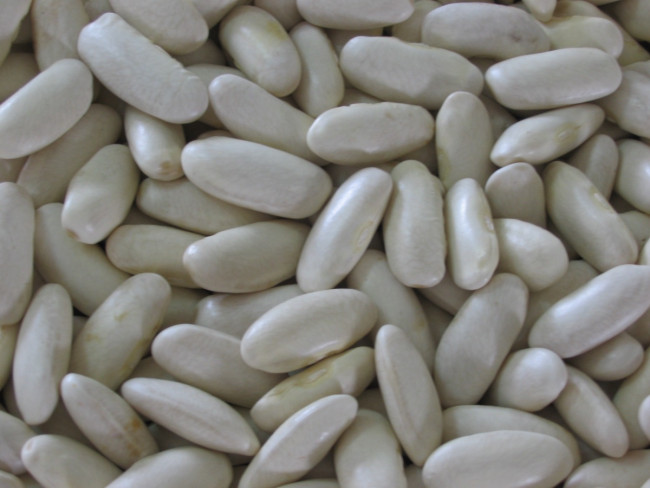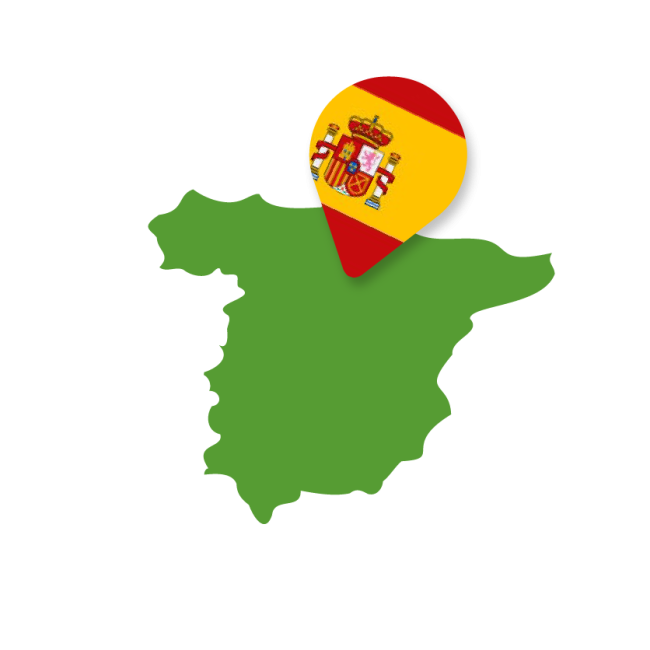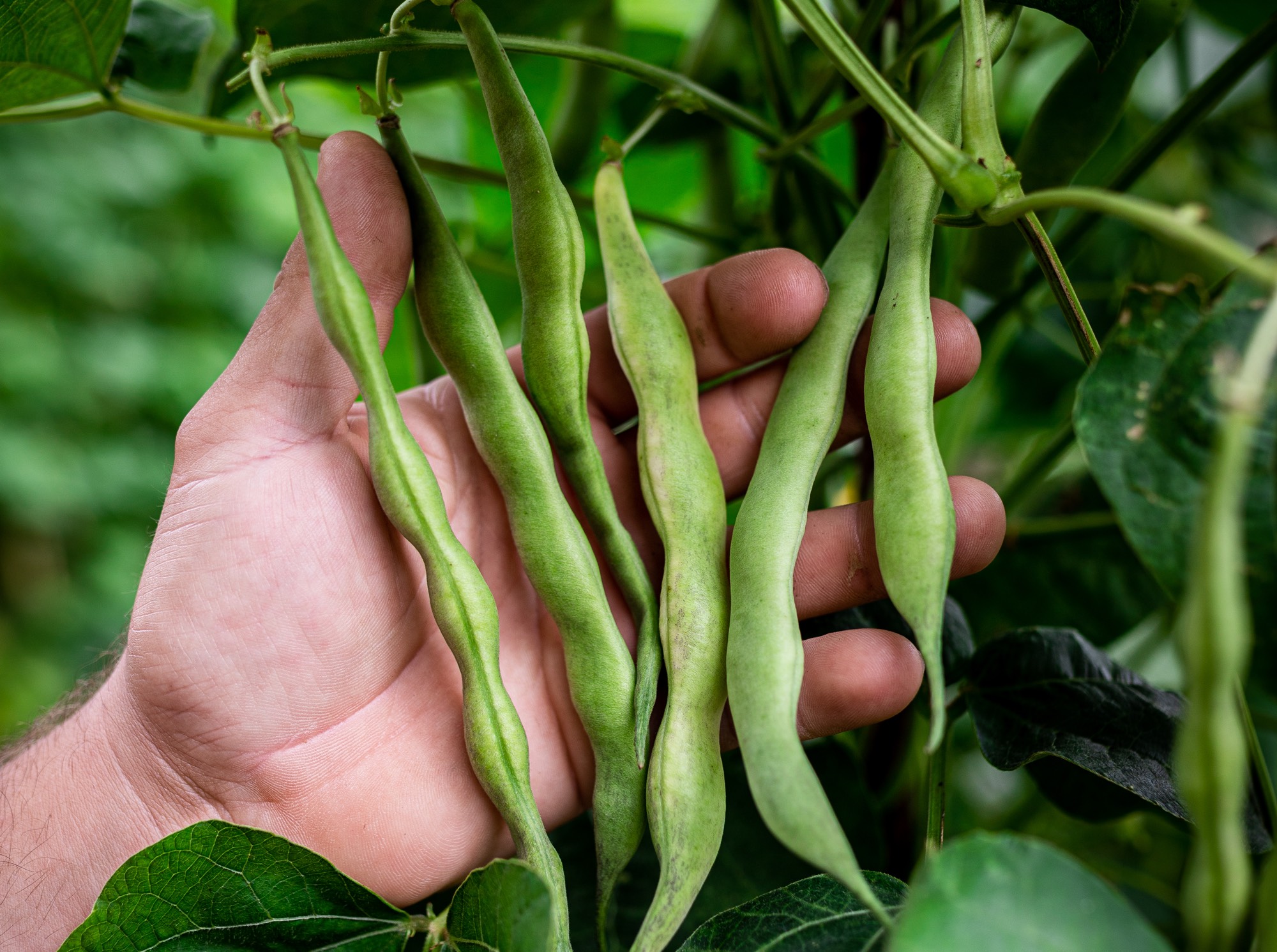


Objective
The Fraud Problem
One historical problem for the PGI Asturian Faba beans, has been expressed publicly many times by the board, is the fraudulent practice of mixing PGI certified beans with imported ones from Argentina, Bolivia or Mexico, much cheaper, and selling them as certified by the PGI.
Current Situation
The most common practice at the moment to characterize the PGI faba is the development of routine physico-chemical, microbiology and sensory analysis using common lab protocols. However, with the results of these analyses it is not possible to differentiate the origin of the faba bean and therefore it is needed to develop much more sophisticated analytical protocols. For the case of PGI Faba, a recent scientific article used isotope dilution, and more specifically combination of 87Sr/86Sr isotope ratio with the 88Sr/85Rb elemental ratio, to distinguish between Asturian and South American beans. Results are promising (even experimental design could be highly improved). However, it requires really sophisticated and expensive equipment (advanced ICP-MS instruments), technical experts and results come out several days after the acquisition. Also sample pre-treatments are needed. In conclusion this type of analytical methodology is not suitable for routine fraud analysis. Therefore, there is an increasing demand for analytical tools that are low-cost, simple to be used by non-experienced operators, and able to produce the outputs in real-time, or quasi, with minimal sample pre-treatments. In recent years, vibrational molecular spectroscopy techniques such as infrared (IR) as well as hyperspectral imaging (HSI) have emerged for the identification and quantification of the chemical composition of various food products with flexibility, efficiency, and low cost, so meeting the features requested for the detection of frauds in PGI faba. During the last years a good number of scientific articles have been published about the application of Near Infrared Spectroscopy (NIR) for food provenance studies. So, recent reviews highlight several examples of using of these technologies, mainly NIR, for classification based on Geographical Origin for coffee, wheat, Fuji apples, persimmon, olive oil, rice, corn, lentils. Also, really recent examples for millet or cocoa. Many of them obtained relevant results in terms of origin discrimination efficacy, but they still rely on spectrometers that are mainly conceived for laboratories and bench use, still really expensive, normally managed by expert technicians as well as heavy and large. So, there is still much room for improvement and reaching the sought methods' target characteristics. Moreover, in all these methods the main technology (NIR or HSI) is integrated with chemometrics for the modelling of acquired data and the extraction of the chemical fingerprint of the analysed compound. Most of chemometrics used until now employ traditional linear modelling techniques, that are not able to model the performance of non-linear variables commonly involved in the determination of food quality. For this purpose, advanced intelligent data analysis tools based on Artificial Intelligence techniques will be used during this study. Finally, also to comment that research works utilising hyperspectral imaging for food provenance analyses are still limited.
The Alliance Solution
Considering previous identified gap between ideal analytical tool for the identification of fraud in the PGI faba and that available/used at the moment (mainly advanced analytical techniques and subjective expert-based assessments), in this use case we will study and exploit the potential of using low cost, portable/miniaturized NIR and HSI technologies for the this application, trying to fulfil the requirements any enduser of these tools will expect (fast, non-destructive, easy to use, real-time results and low-cost analytical methods). ASINCAR has developed multiple works based on the application of NIR and HSI for food applications as food quality, food control, food safety (shelf life and biofilms), as well as food fraud, that is the main topic on the use case. In this line, ASINCAR has developed Proof of Concept algorithms for the identification of adulteration on beef burger adultered with horse meat, the discrimination between fish species as well as the determination of glazing water in frozen fish. ASINCAR will advance and valorise this knowledge during this use case. Within ALLIANCE a complete and qualified NIR and HSI systems (TRL 8) will be demonstrated at real scenario (PGI farmers) for avoiding the fraud of PGI faba when they are mixed with beans from other cheaper origins. Moreover, the PGI is also really interested in advancing the development of a specific fingerprint for each PGI plot, avoiding also a common fraud practice: selling under a specific PGI license number beans from other producers. Three different main activities are foreseen: (1) Use of a low-cost, and ideally portable, NIR spectrometer for the targeted applications; (2) Similar objective as above but using off-line, and potentially portable, hyperspectral technologies. For both above cases, the development of chemometrics using advanced data analysis techniques as Artificial Intelligence and Machine Learning techniques.
